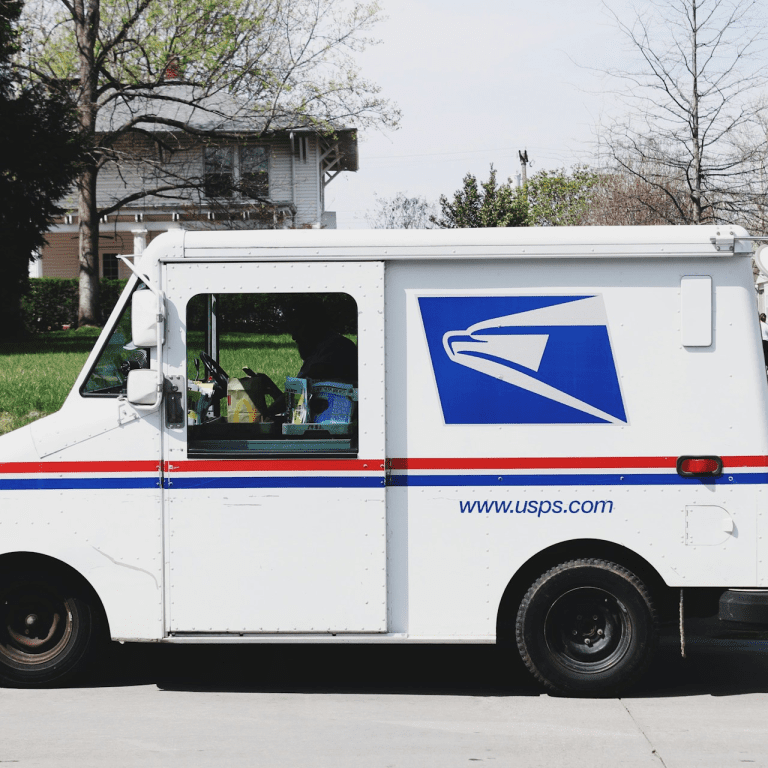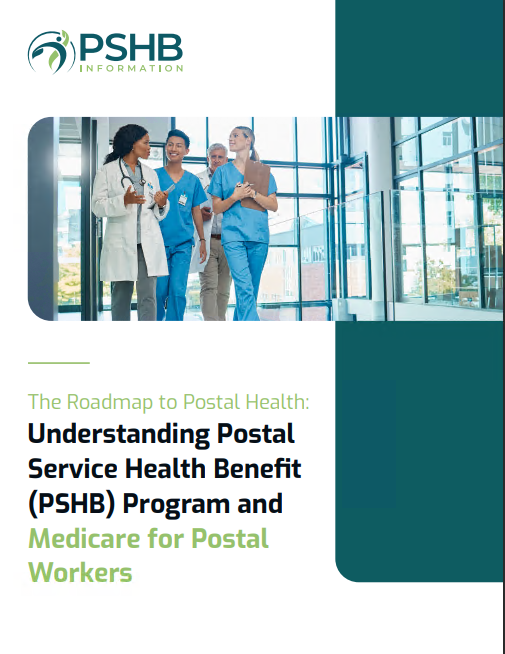Key Takeaways
-
Enrolling in Medicare Part B can significantly enhance your Postal Service Health Benefits (PSHB) coverage by reducing out-of-pocket costs and improving access to healthcare services.
-
Understanding the requirements and benefits of Medicare Part B enrollment is crucial for maximizing your PSHB plan in 2025.
What Medicare Part B Brings to the Table for PSHB
If you’re enrolled in the Postal Service Health Benefits (PSHB) program, 2025 brings a critical opportunity to optimize your healthcare coverage through Medicare Part B. This year marks the full transition to PSHB, designed specifically for USPS employees and retirees, and Medicare integration is at the heart of its effectiveness. Medicare Part B, which covers outpatient care, preventive services, and medical supplies, is an essential component for many PSHB enrollees.
By enrolling in Medicare Part B, you’re not just fulfilling a requirement for certain enrollees; you’re unlocking a more comprehensive healthcare package. Let’s break it down step by step.
Who Needs to Enroll in Medicare Part B?
Mandatory Enrollment for Some
If you’re a Medicare-eligible PSHB enrollee or family member, enrolling in Medicare Part B is often mandatory. This applies to retirees, their spouses, and dependent family members who are 65 or older. Exceptions exist, such as for those who retired on or before January 1, 2025, or employees aged 64 or older as of this date.
Timing Is Key
The enrollment period is vital. You must enroll in Medicare Part B during your Initial Enrollment Period (IEP), which spans seven months around your 65th birthday. If you miss this window, you may face penalties and delayed coverage. For those already on Medicare, there’s no additional action required beyond ensuring your Part B enrollment is active.
Why Medicare Part B Is a Game-Changer
Reduced Out-of-Pocket Costs
One of the standout advantages of Medicare Part B enrollment is the significant reduction in out-of-pocket expenses. When you pair Medicare Part B with your PSHB plan, you can benefit from waived or reduced deductibles and lower copayments. For 2025, many PSHB plans integrate with Medicare Part B to offer comprehensive coverage, minimizing costs for enrollees.
Expanded Access to Services
Medicare Part B provides coverage for:
-
Preventive services like screenings and vaccines.
-
Durable medical equipment (DME).
-
Outpatient procedures and specialist visits.
With this added coverage, you’ll gain access to a broader network of providers and services than PSHB alone offers.
Understanding Costs and Savings
Medicare Part B Premiums
For 2025, the standard Medicare Part B premium is $185 per month. While this is an additional expense, many PSHB plans offset these costs by offering partial reimbursements or enhanced benefits. Be sure to review your PSHB plan details to understand how Medicare Part B costs are managed.
The Out-of-Pocket Cap
A major shift in 2025 is the $2,000 annual cap on out-of-pocket prescription drug costs under Medicare Part D. While Part D is separate, it’s worth noting that pairing Part B and Part D with PSHB can provide extensive financial relief for high medical expenses.
How Medicare and PSHB Work Together
Coordinating Benefits
When enrolled in both Medicare Part B and a PSHB plan, Medicare acts as the primary payer, covering eligible services first. Your PSHB plan then steps in to cover additional costs. This coordination ensures minimal out-of-pocket expenses for enrollees.
Pharmacy Benefits
If you’re Medicare-eligible, your prescription drug coverage will automatically shift to a Medicare Part D Employer Group Waiver Plan (EGWP) under your PSHB plan. This integration streamlines pharmacy benefits and aligns them with your broader Medicare coverage.
Steps to Ensure a Smooth Transition
Verify Your Enrollment Status
Make sure you’re enrolled in Medicare Part B if required. Check your PSHB plan’s documentation or contact your benefits administrator for clarity on eligibility and timelines.
Review Your Plan’s Integration Features
Each PSHB plan offers unique benefits when combined with Medicare Part B. These may include:
-
Waived deductibles.
-
Lower copayments.
-
Coverage for additional services.
Understanding these features helps you make the most of your coverage.
Avoiding Common Pitfalls
Late Enrollment Penalties
If you fail to enroll in Medicare Part B during your IEP, you may face a 10% penalty for each year you delay. This penalty is lifelong and can significantly impact your healthcare costs.
Overlapping Coverage
Some enrollees mistakenly believe that PSHB alone is sufficient. While PSHB offers robust coverage, it’s designed to work best in tandem with Medicare Part B for those eligible. Skipping Part B can lead to higher out-of-pocket expenses.
What Happens During Open Season?
Annual Review
Open Season is your chance to review and adjust your PSHB plan. For 2025, Open Season ran from November 11 to December 13, 2024. If you didn’t make changes during this period, your enrollment in a corresponding PSHB plan was automatic. However, this doesn’t negate the need to enroll in Medicare Part B if required.
Qualifying Life Events (QLEs)
Outside of Open Season, changes to your plan are only allowed during QLEs, such as retirement or a change in family status. Keep this in mind as you navigate your healthcare needs.
Making the Most of Preventive Care
Medicare Part B emphasizes preventive care, covering screenings for conditions like diabetes, cancer, and cardiovascular diseases. Take advantage of these benefits to stay proactive about your health. Many of these services have no additional cost when Medicare Part B is your primary payer.
Your Checklist for 2025
-
Confirm Medicare Part B Enrollment: Ensure you’re enrolled if required, and understand your plan’s integration.
-
Review Your PSHB Plan Details: Check how your plan coordinates with Medicare and what benefits are enhanced.
-
Understand Costs: Familiarize yourself with Medicare Part B premiums and how your PSHB plan offsets them.
-
Plan for Open Season: Mark your calendar for the next Open Season to reassess your needs.
Wrapping It All Together
Medicare Part B isn’t just another insurance requirement—it’s a transformative addition to your PSHB coverage. By combining these two programs, you’re setting yourself up for more comprehensive healthcare, lower costs, and greater peace of mind. Ensure you’re informed and proactive about your enrollment to get the most out of your benefits.











